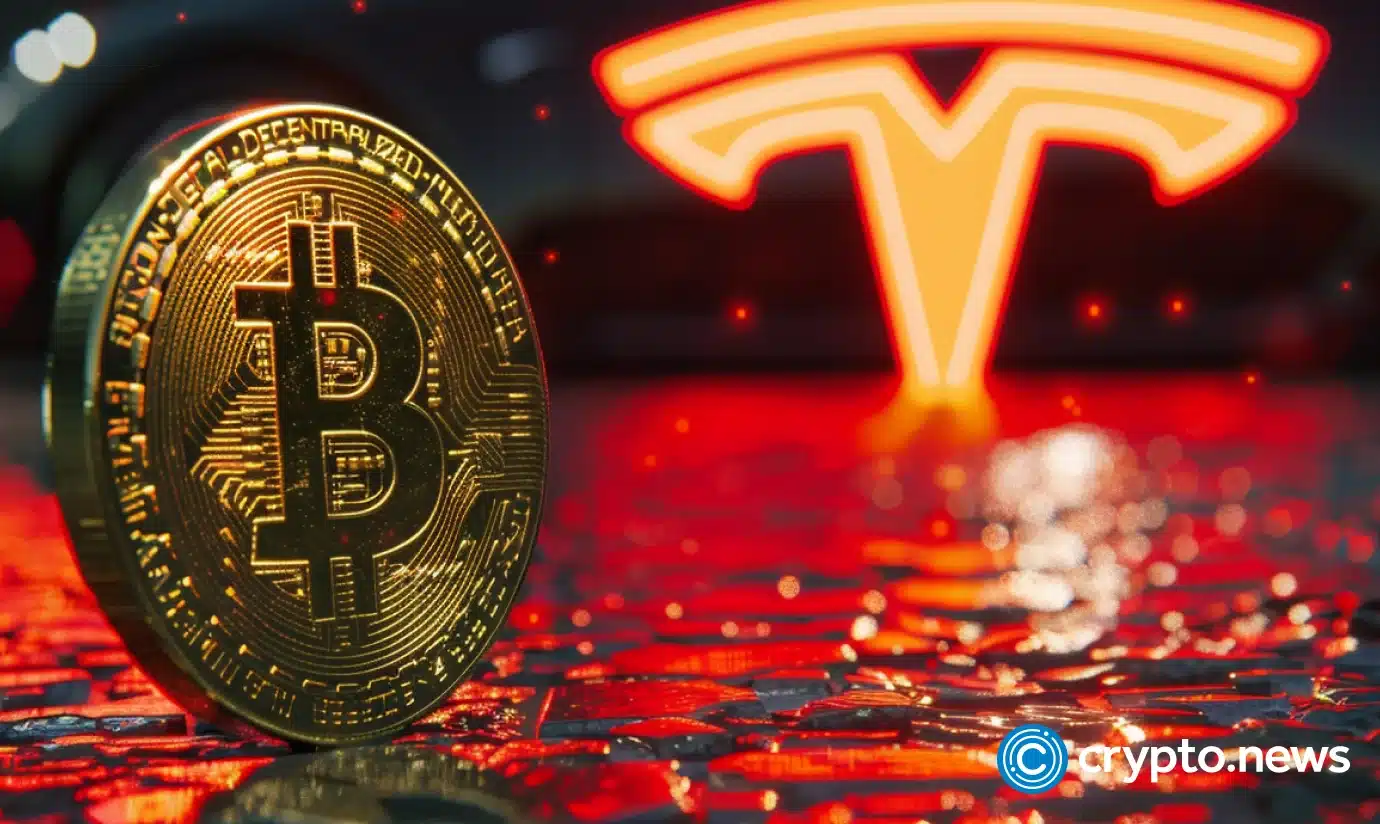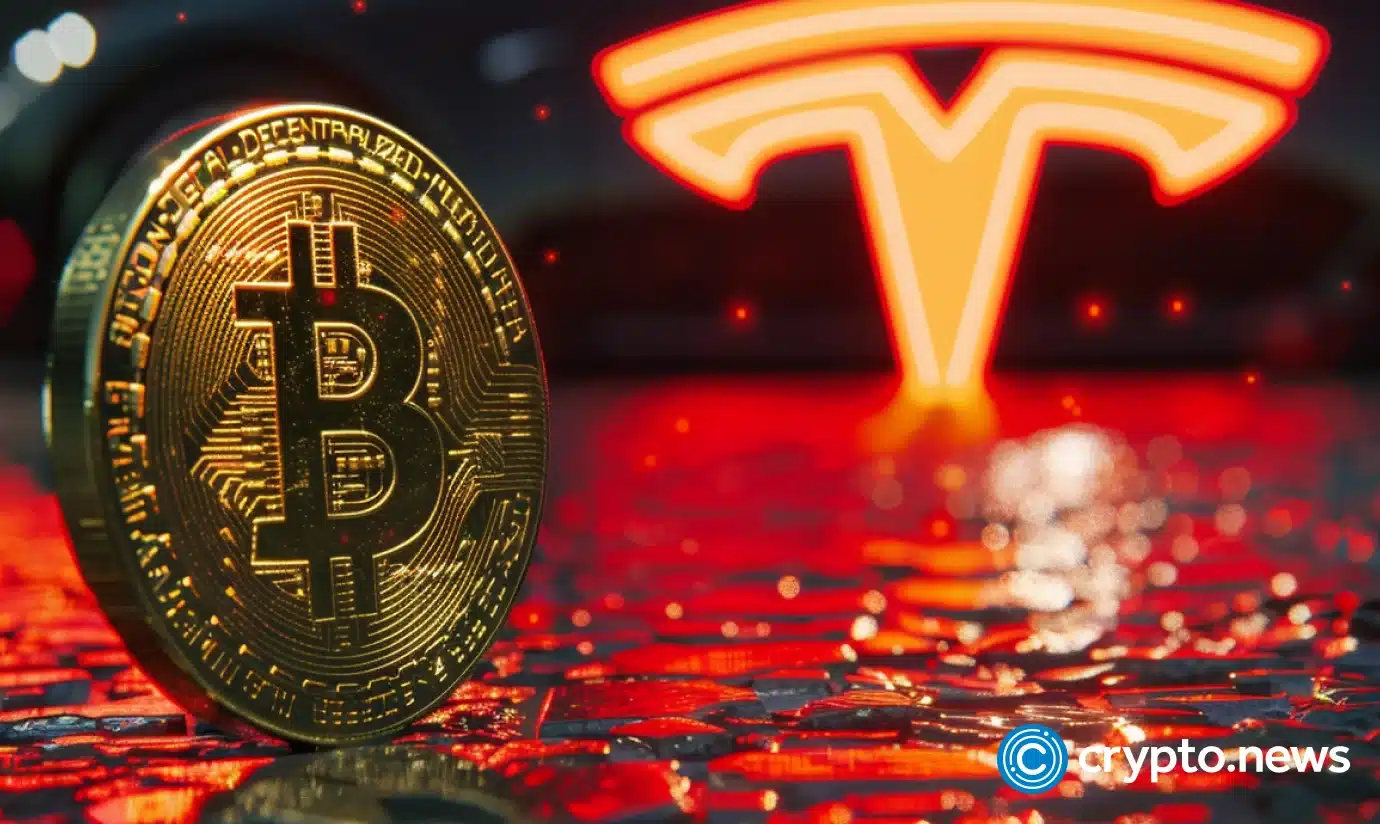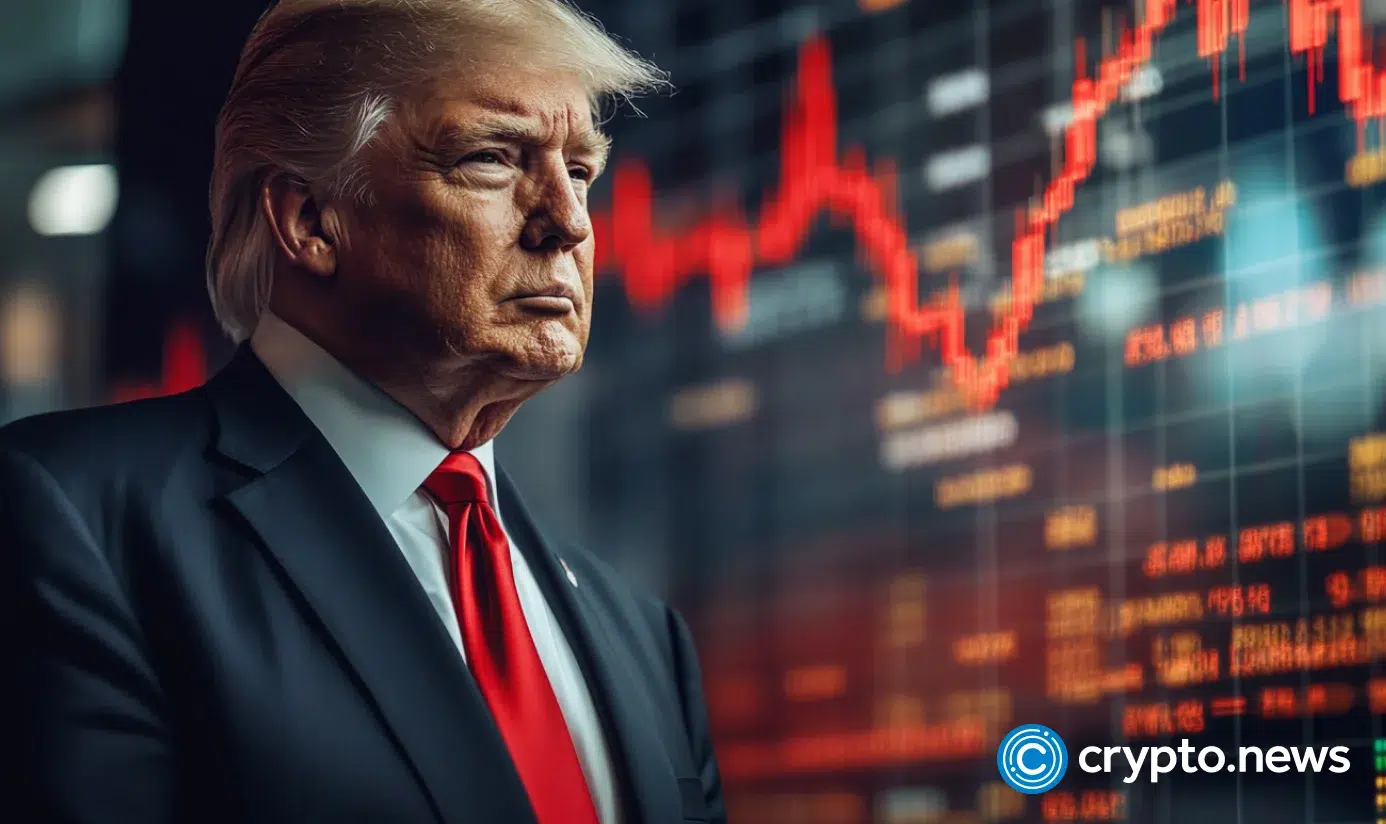
The increase in the price of bitcoin helped the Tesla mask in deep conflicts, leading to $ 600m in its earnings. But behind numbers, falling demand, price cuts, and squeezed margin tells a different story.
Bitcoin, Savior
Tesla’s latest earnings Report It was expected to be widely disappointed on 29 January. The auto sales had slowed down, revenue came down from expectations, and the operations continued to climb.
But as soon as investors hung for weak results, an unexpected factor gave Tesla’s finance a sudden lift – bitcoin (BTC).
Thanks to a newly implemented accounting rule, Tesla’s bitcoin holdings received a adequate revaluation, catching the eye of $ 600 million in the company’s net income.
Previously, accounting standards were required to report bitcoins at their lowest price during ownership, regardless of any recovery at the price.
However, in December, the Financial Accounting Standards Board introduced a new rule, allowing digital assets to be valued at market prices in each quarter.
Time could not be better for Tesla. The bounce of bitcoin in Q4 meant that the company could finally reflect the correct value of its holdings – such as a property rally.
Decoder
Tesla’s Q4 income paint a company’s picture under rising financial stress. Revenue for the quarter came in $ 25.71 billion, a slight 2% increase from last year but well Below Analyst $ 27.22 billion expectations.
Meanwhile, the operating expenses rose 9% from the previous quarter to $ 2.59 billion, making profitability further squeezed. But then bitcoin came.
By the end of Q3, Tesla had reported $ 184 million to his bitcoin holdings, even though his actual market value was more than $ 1 billion at that time.
Old accounting rules forced companies to record bitcoins in their lowest evaluation, ignoring the recovery of any value. However, in collaboration with FASB’s new rule, a sharp rally of bitcoin in Q4 meant that Tesla could now see his bitcoin holdings again based on market prices.
This adjustment increased the earnings reported by $ 589 million in Tesla’s balance sheet. Despite the weak auto sales, the revaluation operated by bitcoin helped Tesla to post a GAAP net income of $ 2.3 billion, coming directly from $ 600 million bitcoins.
Investors gave a negative reply to the announcement, making Tesla’s stock more than 3% in two days, traded at $ 385 by 30 January.
Story beyond the story
At first glance, Tesla’s Q4 Earned Gentle, with a non-GAP income per share was $ 0.73 per share. However, financial analyst Gordon Johnson quickly reported that the figure did not tell the whole story.
A close view revealed that 17 st-or about 23%of the reported non-GAAP EPS came from $ 600 million Bitcoin re-evaluation benefits of Tesla.
This benefit was purely on paper, which means that Tesla did not sell his bitcoin; It recorded an increase in the price due to the price rally of bitcoin, which had increased by about $ 105,000 by 30 January.
Separating this adjustment, Tesla’s actual non-GAAP EPS will be close to $ 0.53, which is 27% lower than the reported figures. Even more importantly, it decreased by an unanimous estimate of $ 0.77, disappearing expectations to about 31%.
For clarity, non-GAAP adjusts for items such as stock-based compensation and in case of Tesla, involves unrealistic bitcoin benefits.
However, under the GAAP accounting rules, the unrealistic crypto profit or loss has not reported the report, which is why Tesla’s GAAP EPS stood at $ 0.66 – a more accurate reflection of its main performance.
Beyond the accounting effects, Johnson also said that Tesla is cutting vehicle prices aggressively to maintain demand, but this strategy is squeezing profitability.
The company has historically trusted selling regulatory credit to promote margin, but as those margins (except credits) shrink, it suggests that Tesla is struggling to maintain pricing power, Tesla’s main motor vehicle reflects increasing pressure on the business, even bitcoin represents its earnings.
Tesla: Automker, Fintech Player, or anything else?
Tesla’s bitcoin-powered earnings promote a comprehensive trend of public companies that integrate bitcoin into their balance sheet. By 30 January, 78 publicly trading companies Overallly Representing approximately 14.3% of the total 21 million supplies of bitcoins, catch more than 3 million BTCs.
Microstrategy remains the largest corporate bitcoin holder, with a price of 471,101 BTC around $ 49.5 billion.
Microstrate’s aggressive bitcoin accumulation strategy as the second best artist in NASDAQ 100 on 29 January, crossed major technical veterans like Meta, Netflix and NVIDIA. However, by 30 January, it slipped to fifth place.
Other major corporate bitcoin holders include marathon digital, with $ 4.7 billion with 44,893 BTC, and with riot platforms, 17,722 BTCs cost around $ 1.9 billion.
Meanwhile, till January 30, Tesla laid 9,720 BTC, which, according to the bitcoin Treasury, makes the sixth largest public bitcoin holder. However, it is just a fraction that the company was originally owned by.
Tesla initially bought around 43,000 BTCs in early 2021, but later in July 2022 sold its 75% holdings, with 30,000 BTCs liquided for $ 936 million. If Tesla had retained the position of his entire bitcoin, its Q4 financial boost would have become even more clear.
While Tesla faces financial pressures, Elon Musk is focusing on digital finance. His social media platform, X, on January 30 announced a partnership with a visa to launch a digital wallet and peer-to-peer payment service.
Another milestone for the Everything App: @Visa is our first partner for the @XMoney Account, which will debut later this year.
💰Allows for secure + instant funding to your X Wallet via Visa Direct
🪪 Connects to your debit card allowing P2P payments
🏦 Option to instantly…
— Linda Yaccarino (@lindayaX) January 28, 2025
The X money account will enable users to transfer funds between traditional bank accounts and digital wallets, positioning X as a direct contestant for fintech giants such as Zele and Venmo.
Meanwhile, the Department of Government Efficiency (DOGE), an agency established under the Trump administration, has recently highlighted inefficiencies in American coin production.
According to Dogi, the US Mint spends three cents to produce each one-per cent Penny, the cost of taxpayers alone is $ 179 million in the financial year 2023.
The latest tricks of Musk suggest a big strategy in playing a close look. Such as the presence of bitcoins in corporate treasury increases, the boundaries between corporate finance, government influence and digital assets are becoming increasingly blurred.
If Tesla’s margin continues to destroy and the price of bitcoin continues to shape its financial, what happens when the number is no longer aligned with the story?
Does Tesla remain an automaker, or is it completely turning into something else – a company whose fate is not only bound by production lines, but is for the rapidly unexpected ambitions of digital assets, accounting maneuvers and musk?



